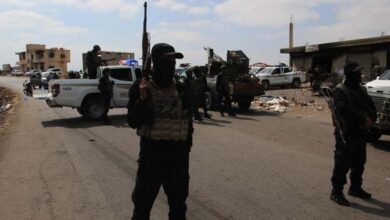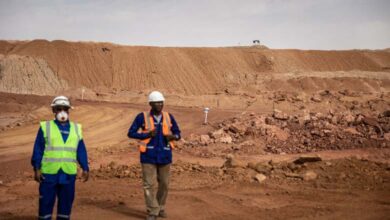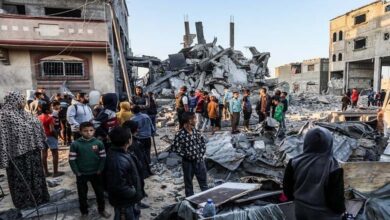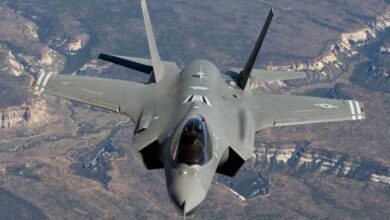Japan Doubles Shelters… Preparing for World War III?

The specter of a third world war has long haunted both individuals and governments in a world where geopolitical crises and conflicts are rapidly escalating.
The growing fear of widespread conflict evolving into a full-scale war — particularly with many nations now possessing nuclear weapons — has pushed societies and governments, especially in Japan, to seek unconventional safety measures to ensure survival during major catastrophes, according to the British newspaper Express.
-
Unidentified Ballistic Missile: North Korea Launches New Missile Toward the Sea of Japan
-
World War II bomb disrupts Paris trains
Building underground shelters is no longer a precautionary relic of past wars but an urgent necessity, given the rise in military, nuclear, and even natural threats.

Today, countries across Europe, Asia, and North America are racing to upgrade outdated shelters and construct new ones equipped with the latest protective technology, offering civilians a safe haven in case of global warfare.
This security obsession isn’t limited to governments. Wealthy individuals and high-profile celebrities are now investing in private luxury shelters, dubbed “Doomsday bunkers,” designed for long-term underground living with year-long food supplies, entertainment, and comfort rivaling surface life.
-
World War II Deception: A Japanese Military Ship in the California Desert
-
With sanctions.. Japan combats Israeli settlers’ violence
Japan Joins the Movement
Japan is the latest to join this trend, having recently approved plans to double the number of underground shelters capable of protecting citizens from missile strikes amid rising military tensions in East Asia.
This marks a significant policy shift after decades of adherence to a post–World War II constitution focused on peace and restricting military development. However, regional developments, such as North Korean missiles and China’s growing influence near Taiwan, have pushed Tokyo to rethink its defense strategy.
-
Japan – Former Prime Minister Shinzo Abe assassinated while giving speech
-
The Lost Paths of Destiny: The Memory of Nazism Reveals a Secret from Decades Ago
Currently, Japan relies on about 100,000 designated evacuation sites, but most are open spaces like stadiums, offering little protection from explosions or nuclear attacks.
There are also about 56,000 temporary emergency facilities, mostly concrete government buildings and schools, designed to mitigate missile damage — but not suitable for extreme scenarios.
In contrast, Japan has only 3,336 nuclear-resistant underground shelters, most privately owned and located in remote areas, protecting just 0.02% of the population.

-
World War II Threatens the UK with 170 ‘Dormant’ Bombs
-
Updating Nuclear Shelters: Switzerland Prepares for a “World War Scenario”
New Initiatives Underway
To address this, the government plans to build new, deep underground bunkers made of thick, steel-reinforced concrete, capable of withstanding missile blasts.
These shelters will provide space for each person, stocked with food, power, communication systems, and ventilation to allow survival for up to two weeks following an attack.
Tokyo authorities are also planning to convert some emergency warehouses in the subway system into nuclear shelters, focusing especially on areas near Taiwan and Japan’s southwestern islands — regions considered more vulnerable.
-
World War II: The Strangest and Most Failed Weapons
-
Elon Musk warns of a third world war… What’s happening?
These initiatives are part of a broader strategy to boost national defense infrastructure, alongside Japan’s joint military drills with the United States, the Philippines, and South Korea, and naval exercises in the South China Sea with South Korea — highlighting increasing defense cooperation in the region.
A Global Phenomenon
Japan is not alone. Several countries are following suit.
-
Wars around the world drive military spending to double
-
Guterres warns: Is the world witnessing a nuclear war?
In Norway, Cold War-era military shelters have been reactivated. Sweden reopened its massive underground Muskö naval base and invested millions in inspecting and updating its civil defense shelters.
Meanwhile, Switzerland, known for having a vast network of nuclear bunkers for its entire population, has launched a plan to upgrade and maintain them to ensure readiness for any future threats.












